Why BDD Framework Is Important
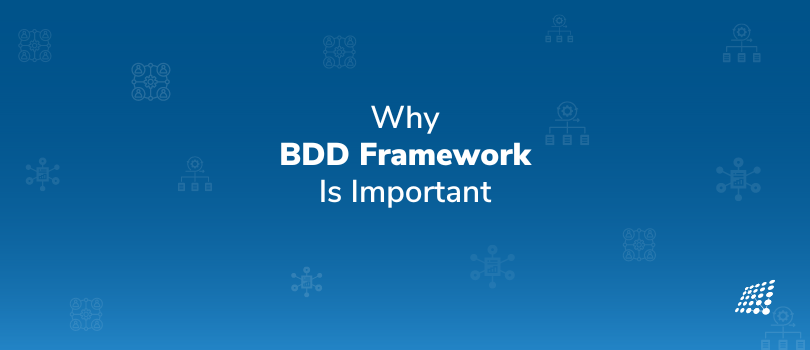
BDD (Behavior-Driven Development) is a software development approach that emphasizes collaboration and communication between developers, testers, and stakeholders to ensure that a software product meets the desired behavior and requirements. It uses natural language and examples to define the behavior of the system, making it easier for everyone to understand and agree on the desired outcome. BDD also involves writing automated tests to verify that the system behaves as expected, providing fast feedback, and reducing the risk of regression. BDD frameworks, such as Cucumber or JBehave, provide tools and structures to support the BDD process.
In this blog, we will look at why the BDD framework is important in software development and everything else in between.
Benefits of BDD Framework:
Let’s first look at the importance of the BDD framework in software development.
The benefit of the BDD framework in software development is as follows:
Improves Communication

Communication benefits of the BDD framework are the main takeaway. Effective communication in the BDD framework involves collaboration between developers, testers, and stakeholders, ensuring that everyone has a clear understanding of the system's behavior and requirements.
Facilitates Acceptance Testing
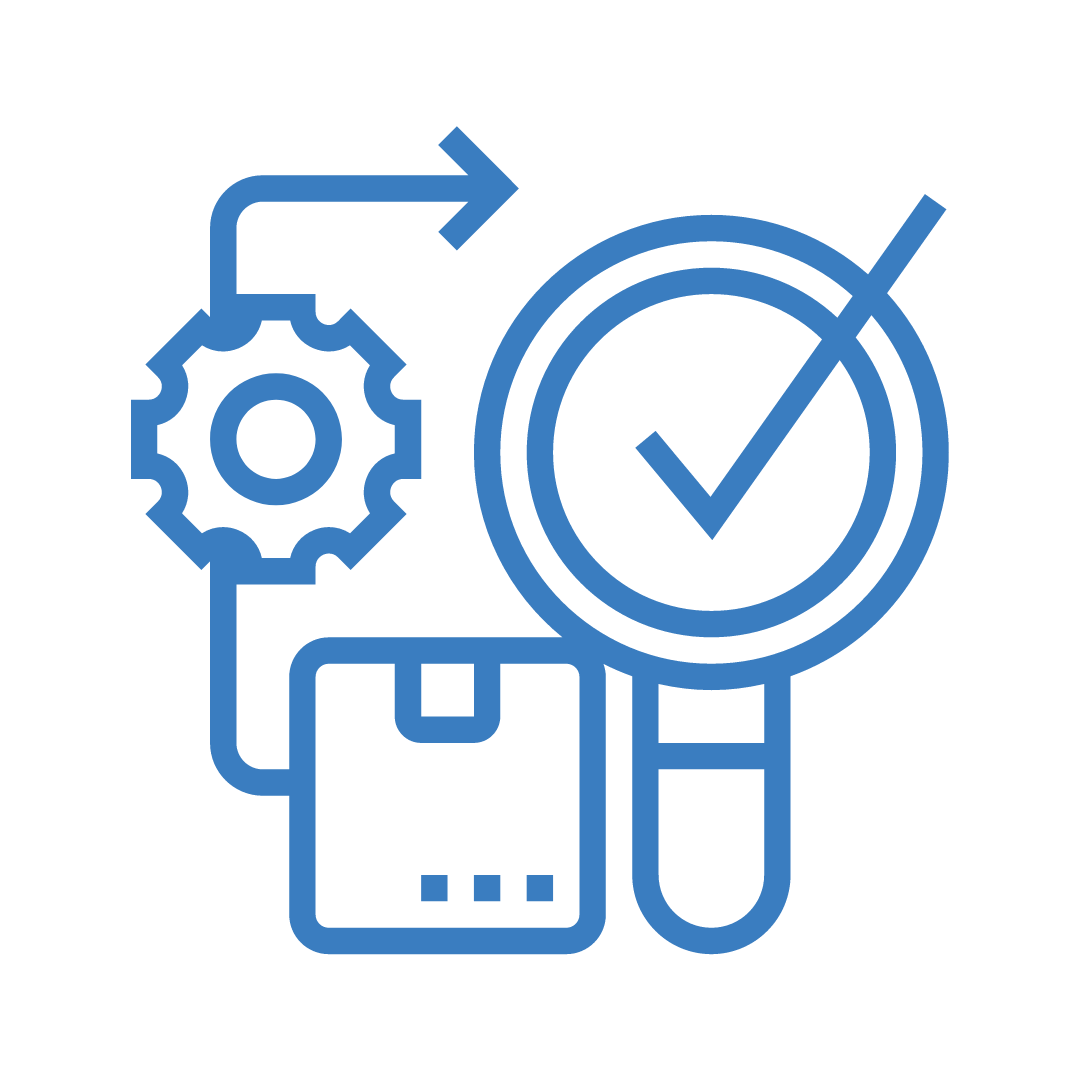
There are many benefits of using BDD for acceptance testing. Acceptance testing with BDD helps define and verify the acceptance criteria for a feature, ensuring that the system meets the desired behavior and requirements.
Increases Confidence in The Code
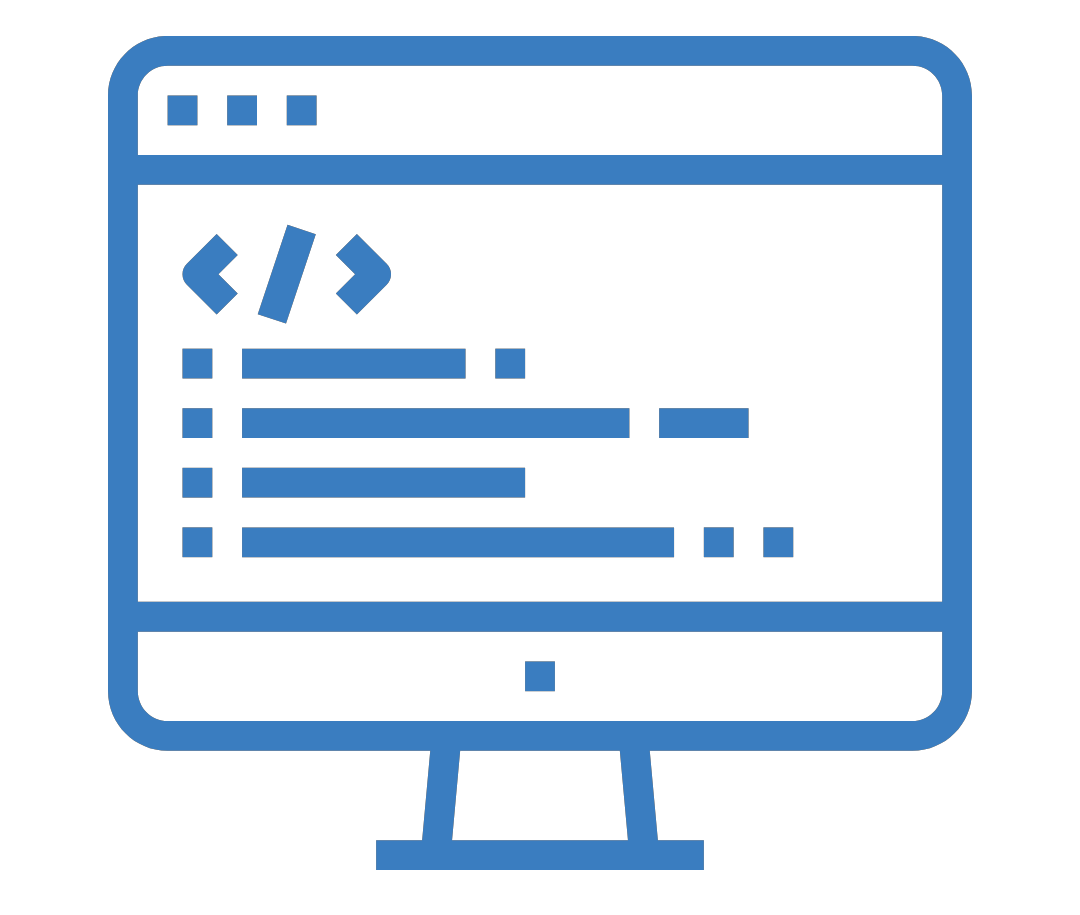
Fast feedback and risk reduction with BDD tests are assured. BDD tests provide fast feedback on the system's behavior, reducing the risk of regression and increasing confidence in the code.
Promotes Reusability

Reusability of BDD tests as documentation is another upside. BDD tests can be reused as documentation, making it easier to understand the system's behavior for future reference.
Enables Continuous Integration and Delivery
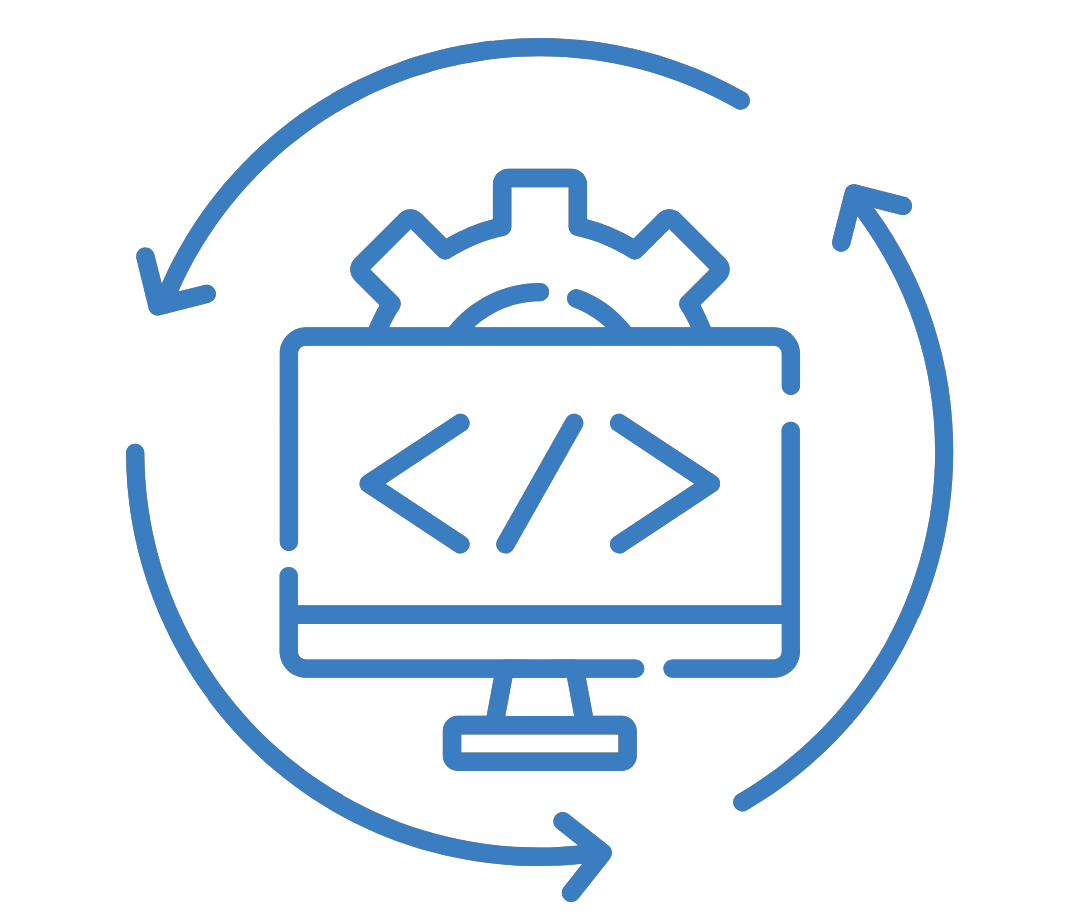
BDD and CI/CD pipeline are another advantage. BDD tests can be automated and run as part of a CI/CD pipeline, providing fast feedback on the system's behavior.
Supports Agile Methodologies
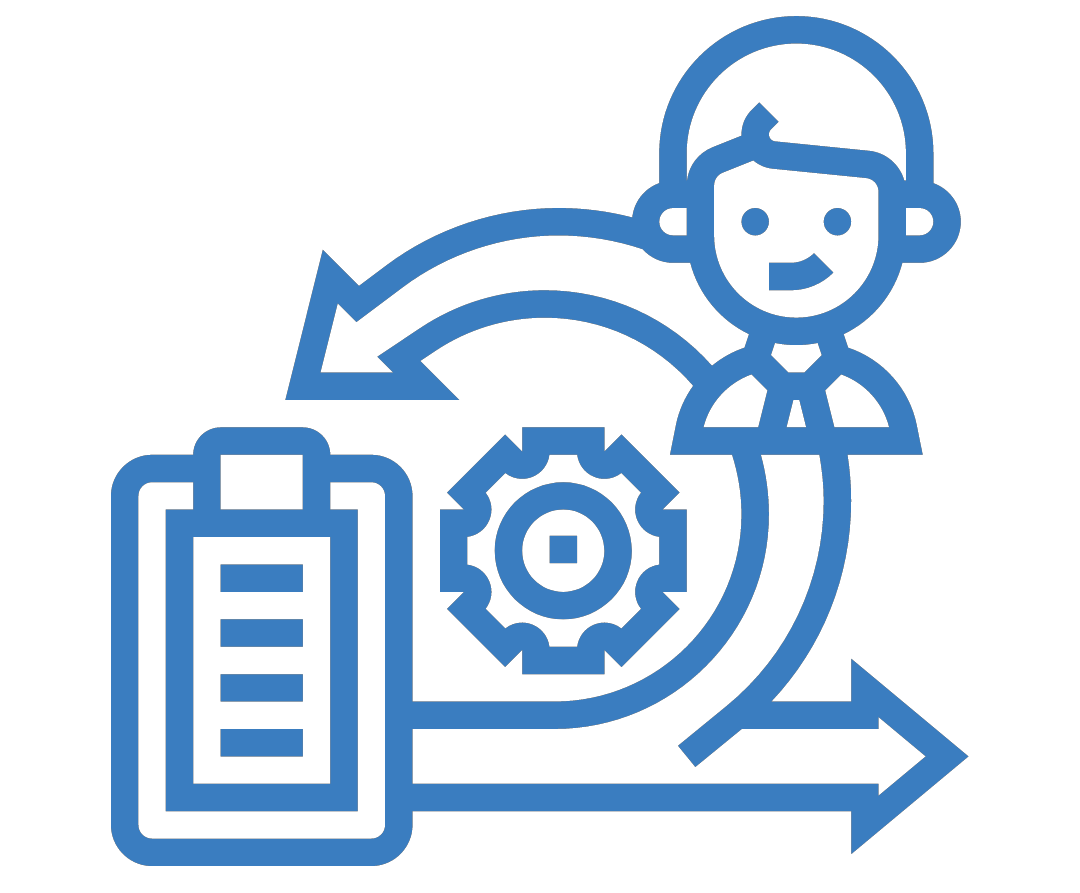
BDD framework for agile also works wonders. BDD aligns well with Agile development processes, providing a flexible and iterative approach to software development.
Increases Productivity

BDD helps to identify and eliminate misunderstandings and ambiguities early in the development process, reducing the need for rework and increasing overall productivity.
Now that you know why BDD is important in software development, let’s move on to the types of BDD frameworks.
Types of BDD Framework
Let’s look at what are the different types of BDD frameworks available.
1. Cucumber

There are several benefits of using cucumber in BDD. It is a widely-used BDD framework that supports multiple programming languages and provides a structure for writing plain language scenarios to define the desired behavior of a system.
2. JBehave

There are various features of JBehave BDD framework. This Java-based BDD framework provides a structure for writing plain language scenarios and automating them as tests.
3. SpecFlow

The SpecFlow BDD framework is a .NET-based BDD framework that supports multiple programming languages. The features of jbehave BDD framework are many and it provides a structure for writing plain language scenarios and automating them as tests.
4. Behat

Behat for BDD is a PHP-based framework that provides a structure for writing plain language scenarios and automating them as tests.
5. RSpec
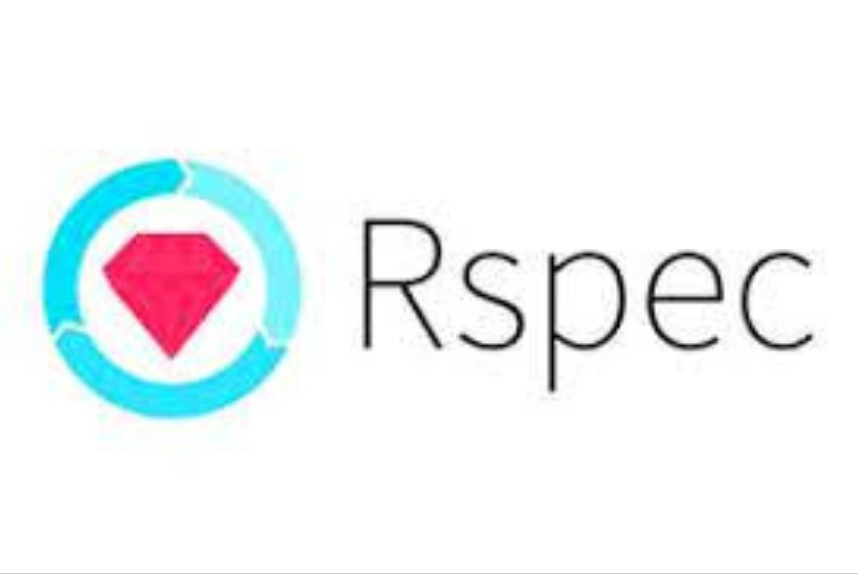
A Ruby-based BDD framework, the major advantage of using RSpec as a BDD framework is that it provides a structure for writing automated tests and verifying the desired behavior of a system.
6. JGiven

It is a Java-based BDD framework. The main advantage of using JGiven as a BDD framework is that it provides a structure for writing automated tests and generating documentation based on the scenarios.
These are some of the most popular types of BDD frameworks, but there are many others available as well. The choice of a BDD framework often depends on the programming language, tools, and requirements of a project.
Terms of Cucumber
Cucumber is a software testing tool used for behavior-driven development (BDD). Here are some basic terms used in Cucumber BDD framework:
Feature: A feature describes a particular functionality of the application being tested.
Scenario: A scenario is a specific example of how a feature is used.
Step Definition: A step definition is a code implementation of a scenario step.
Gherkin: Gherkin is a business-readable, domain-specific language used to write acceptance tests in Cucumber.
Scenario Outline: A scenario outline is a way of parameterizing a scenario, allowing it to be run multiple times with different inputs.
Background: A background is a set of steps that are run before each scenario in a feature file.
Tags: Tags are used to categorize scenarios and features, making it easier to run specific tests.
Hooks: Hooks are blocks of code that run before or after a scenario or step.
Example of Code
Now let’s look at an example of how Cucumber can be used in a BDD scenario. Cucumber is a popular BDD (Behavior-Driven Development) framework that allows developers, testers, and stakeholders to collaborate and define the desired behavior of a system using examples and natural language. Here's an example of code using Cucumber BDD framework.

This scenario defines the desired behavior of the system in Gherkin language. The Given, When, and Then steps describe the pre-conditions, actions, and expected outcomes respectively. The scenario can be automated as a Cucumber test, which can be run as part of a CI/CD pipeline to verify that the system behaves as expected. This helps to ensure that the system meets the desired behavior and requirements, and provides fast feedback on any changes to the code.
How Can I Steer Clear of Common Mistakes?

Let’s now look at top mistakes to avoid in BDD testing. A key consideration in avoiding common mistakes is to ensure that all important test scenarios are included. While Behavior-Driven Development (BDD) can be an effective methodology, its efficacy depends on the quality of the scenarios defined. Collaboration between the development and product teams is essential to ensure that all scenarios are identified and included. Product owners, in particular, can play a crucial role in overseeing scenario definition.
One potential pitfall is to rely solely on BDD for testing. While it can be effective in testing features, BDD may not be sufficient for identifying usability, UI defects, or performance issues. Additionally, user interface tests will still need to be converted into test scripts. Thus, BDD is more focused on how to write software than how to test it comprehensively.
What are the Frequent Challenges One may Encounter?

When adopting BDD, some challenges may arise. One of the main hurdles is the formulaic nature of Gherkin, which can be difficult for product teams accustomed to writing user stories. This shift requires a focus on specific features rather than user outcomes.
Another challenge is the integration of BDD with agile development. BDD is well-suited for waterfall models where requirements are fixed, but in agile, product features and tests must constantly adapt to meet changing end-user needs. This may result in duplicate efforts and additional work.
All in all, Behavior-Driven Development (BDD) is a software development approach that fosters a stronger emphasis on delivering high-quality software by prioritizing the creation of meaningful features over merely passing tests. While BDD has been proven effective in many cases, it is important to note that it is not a universal remedy and may not be suitable for every project.
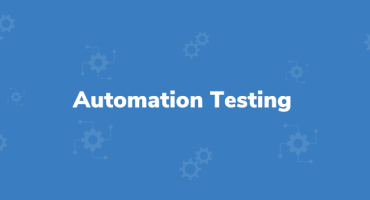
Why Automation Testing Cannot Completely Replace Manual Testing

The Significance and Benefits of Project Manager Meetings


